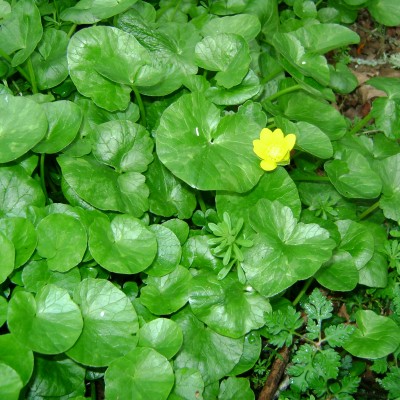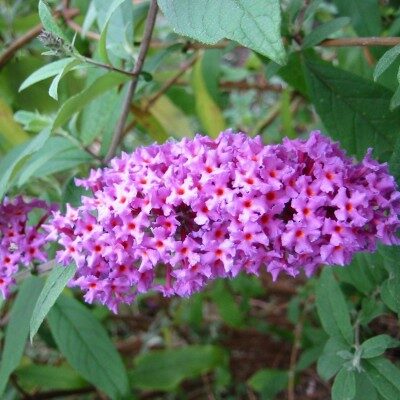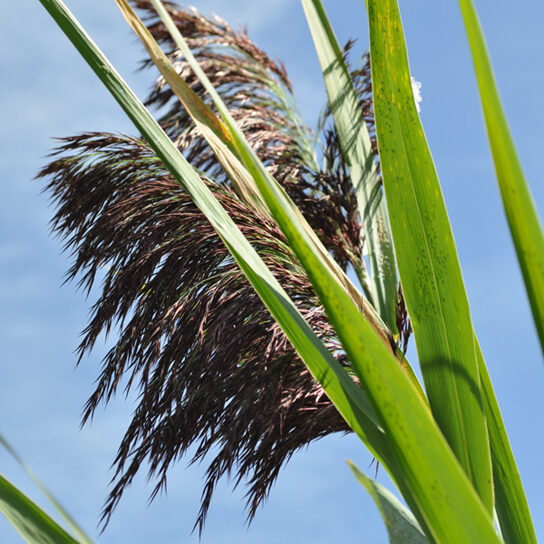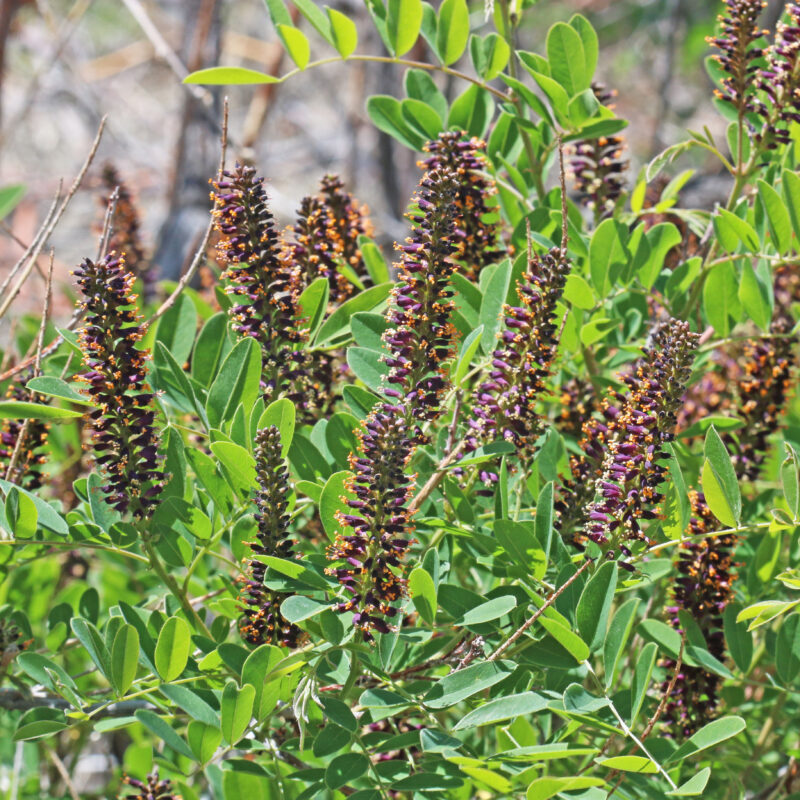
Lesser celandine (Ficaria verna, formerly Ranunculus ficaria) is an herbaceous perennial in the buttercup family. Plants have a basal rosette of shiny dark green kidney or heart-shaped leaves. The yellow flowers bloom in March and April and have eight glossy petals on single delicate stalks. You may also see pale bulblets on the stem. This plant spreads quickly from the many small turions (or winter buds) on the roots. They survive for years and are easily spread by water and when the soil is disrupted.
This invasive plant prefers shade to partial shade but can easily survive in full sun with enough water. The plants can take over a forest understoryUnderstory The area under and around trees and form a monocultureMonoculture A single type of plant growing in an area. by forcing out native forbs and early-blooming wildflowers.
The best way to control it is to dig up the plants and sift the soil to make sure you get all the bulblets.
Some native plant alternatives are:
- Stream violet
- Beach strawberry
- Wood strawberry
- Sea pink
Read more about lesser celandine and other weeds from the 4-County Cooperative Weed Management Area’s fact sheets.


